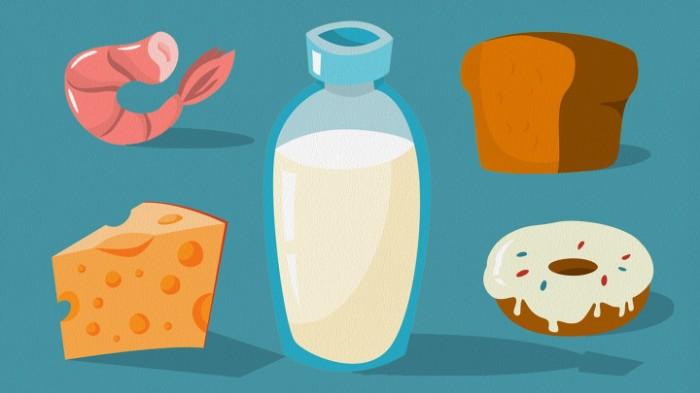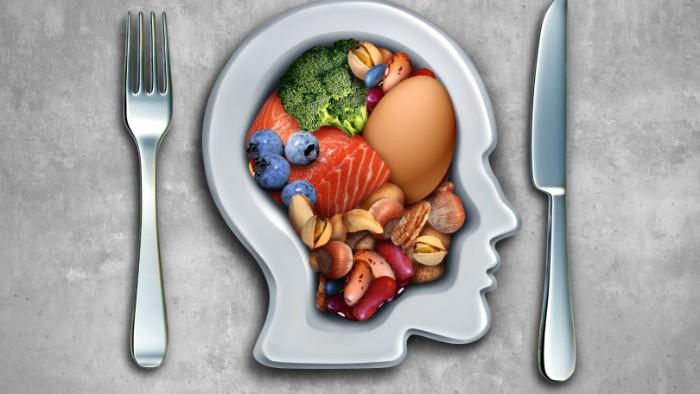Are you confused and overwhelmed by all the diets yet still trying to figure out what's best for your body? An elimination diet could be just the thing you need.
It doesn't involve counting calories or limiting portions – its only purpose is to help you discover which foods might not agree with you.
With an elimination diet, you can better understand how the food that ends up on your plate impacts your physical and mental health. In this blog post, we’ll discuss exactly what an elimination diet is and provide tips on how to start one!
What is an Elimination Diet, and why it’s beneficial

An Elimination Diet is a short-term diet that eliminates certain foods to help identify food sensitivities. It allows you to observe changes in health and how the body reacts to different foods without testing or costly medical procedures.
Eliminating certain potential triggers can help reduce inflammation and other symptoms of food sensitivities, such as digestive issues, headaches, and skin rashes.
An Elimination Diet can also help identify any underlying food sensitivities contributing to symptoms such as allergies or autoimmune conditions.
It’s important to follow a strict elimination diet for at least two weeks toto get the full benefit. After the elimination period, foods are gradually reintroduced into your diet. You can carefully monitor your health to determine which foods trigger sensitivities and allergies.
An Elimination Diet is a powerful tool to help identify the root cause of any food-related issues you may have and can be an effective way to address chronic health problems. With the right guidance, it can be a successful and rewarding experience for anyone looking to improve their health and well-being.
Types of elimination diets

An elimination diet is a temporary dietary restriction of certain food groups, usually done to identify sensitivities or allergies. There are two main types of elimination diets: allergen-free and rotation diets.
Allergen-free Elimination Diet:
This type of elimination diet removes the most common food allergens such as dairy, eggs, soy, wheat, shellfish, peanuts, tree nuts, and fish. This elimination diet is often used to identify food sensitivities without testing.
Rotation Diet:
A rotation diet involves eating various foods from each food group on a regular rotation schedule. This diet prevents sensitivities or allergies from forming by avoiding constant exposure to the same food group. This diet is most commonly used with an allergen-free diet to help manage food sensitivities or allergies.
No matter what type of elimination diet you choose, it is important to ensure your meals are balanced and meet your nutritional needs. It’s also important to talk with your doctor before starting any elimination diet to ensure it is right for you.
How to prepare for an elimination diet
If you’ve decided to start an elimination diet, the first step is to talk to your doctor or nutritionist about what foods should be removed from your diet and for how long.
Depending on your individual goals and health condition, a physician or nutritionist may also provide recommendations on supplements that can help with any potential deficiencies while you are eliminating certain foods.
Once you clearly understand what foods to remove, it’s important to start preparing for your elimination diet. Start by stocking your pantry with nutrient-dense whole foods such as fruits, vegetables, nuts, seeds, and legumes.
You can also opt for gluten-free grains if necessary. A good rule of thumb is to choose minimally processed foods as much as possible.
It’s also important to read food labels carefully and look for hidden ingredients such as gluten, dairy, or other potential allergens. It’s best to buy organic produce and grass-fed meats whenever possible, as they are generally free of chemicals or hormones.
Foods to avoid when on an elimination diet
When following an elimination diet, avoiding certain foods that could trigger the symptoms is important. These include:
- Gluten (found in wheat, barley, and rye)
- Dairy products
- Eggs
- Soy
- Corn
- Peanuts and tree nuts
- Citrus fruits
- Refined sugars
- Alcohol
- Caffeine
It’s also important to be aware of any other foods that may trigger symptoms and any food additives. Some common additives to avoid include MSG and preservatives such as sulfites. It’s also recommended to avoid processed foods, as they often contain hidden ingredients.
Benefits of an elimination diet
An elimination diet can be a helpful tool in helping to identify potential food intolerances and sensitivities. It can also help reduce inflammation, improve digestion, and support overall health. Other benefits include:
- Reducing gastrointestinal symptoms such as bloating, gas, abdominal pain, indigestion, or constipation
- Improving moods by decreasing the irritability and fatigue associated with food sensitivities
- Enhancing overall health by allowing the body to get rid of toxins
accumulated from processed foods or environmental pollutants
- Improving skin conditions such as eczema, psoriasis, hives, and acne
FAQS
What foods are in the elimination diet?
An elimination diet is a great way to learn what foods are beneficial for your body by removing certain foods from your diet temporarily and reintroducing them one at a time.
The typical elimination diet consists of eliminating foods that are known as common allergens such as dairy, eggs, grains (including wheat and gluten-containing grains), nuts and seeds, legumes (such as beans and peanuts), seafood, nightshade vegetables (potatoes, tomatoes, eggplant) and food additives.
How do I start an elimination diet?
Starting an elimination diet is a process that requires patience and dedication, but it can be made simpler by following these steps:
1. Identify which foods you want to eliminate
2. Make sure your meals are well-balanced and include plenty of fresh fruits and vegetables
3. Drink plenty of water to stay hydrated
4. Keep track of your progress in a journal
5. Reintroduce eliminated foods one at a time, paying close attention to how you feel after eating them
6. Consult with a nutritionist or healthcare provider for guidance and support throughout the process
Can you eat eggs on the elimination diet?
Whether or not you can eat eggs on the elimination diet depends on which foods you have chosen to eliminate. If you have chosen to eliminate eggs, then no, you should not consume them during the elimination period. However, if eggs are not part of your eliminated food list, tyou can continue including them in your diet.
Conclusion
I hope this article has helped illuminate an Elimination Diet and how it can help you. An Elimination Diet helps identify food sensitivities, heal the gut, treat skin issues, and promote overall health and wellness. While there are many elimination diets, the most common ones are those with whole foods, such as those in the Paleo diet.
The 30-Day Elimination Diet is a helpful tool to get you started and help you identify the foods causing issues for your body. Remember, it’s always best to consult with a doctor or nutritionist before starting any dietary changes, including an elimination diet.




